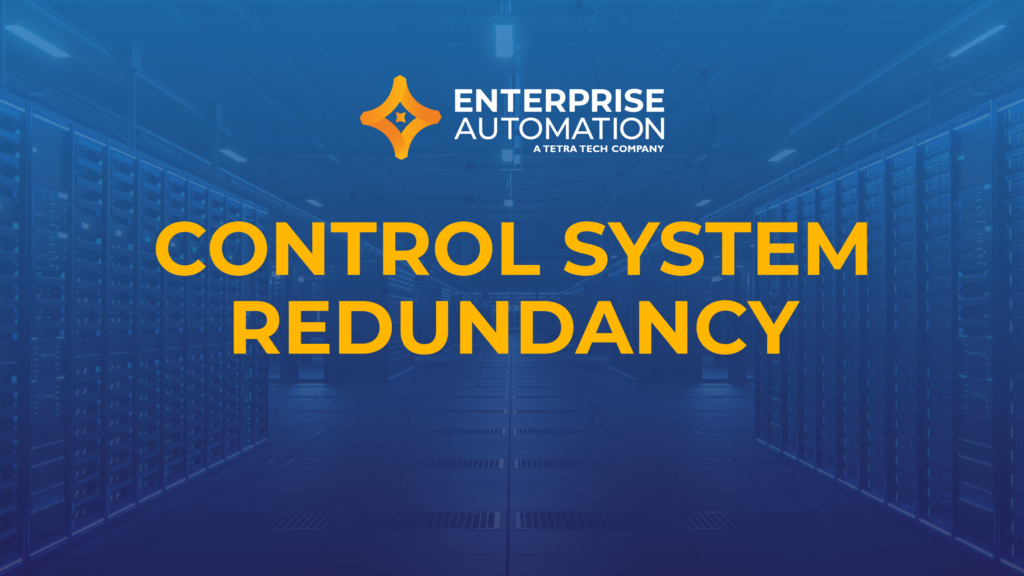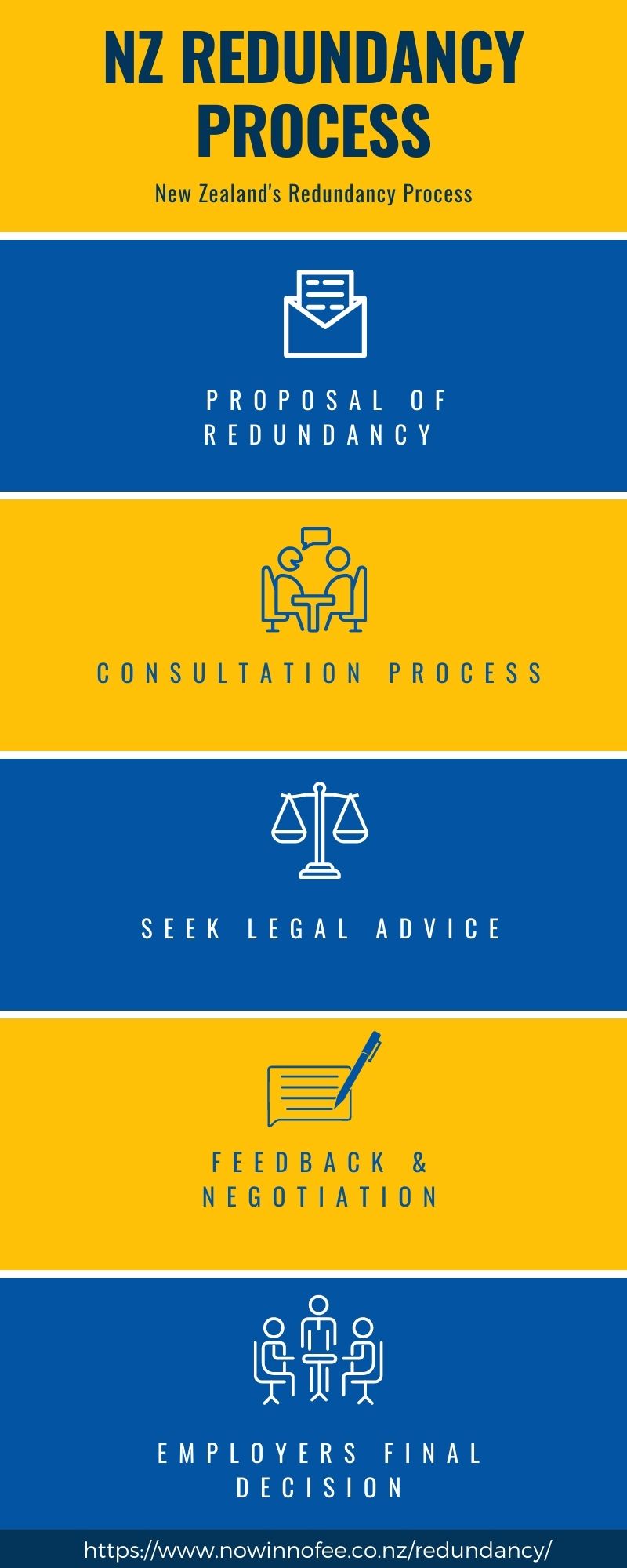Explained: If a Company Goes Bust Who Pays Redundancy in the UK?
Explained: If a Company Goes Bust Who Pays Redundancy in the UK?
Blog Article
Exploring the Operational Dynamics of Firm Redundancy and Its Long-Term Sustainability

Redundancy Methods for Organization Continuity
In order to make sure uninterrupted operations, businesses need to execute effective redundancy approaches for service connection. Redundancy in this context describes the duplication of important elements or features within a system to alleviate the impact of prospective failures. By integrating redundancy strategies, companies can boost their strength versus interruptions triggered by different variables such as natural catastrophes, tools failures, or cyber-attacks.
One common redundancy approach is the execution of back-up systems and data storage space services. This includes creating duplicates of necessary data and systems that can be triggered in case of a primary system failing. Additionally, companies can develop redundant interaction channels and source of power to preserve connectivity and procedures throughout unforeseen occasions.
Moreover, cross-training workers to execute multiple roles within the company can work as a valuable redundancy strategy. If key employees are inaccessible due to health problem or various other factors, this makes certain that crucial jobs can still be brought out even. Overall, reliable redundancy approaches are necessary for companies to maintain operational connection and lessen the impact of prospective disturbances.
Impact of Redundancy on Business Durability
Given the important function redundancy techniques play in ensuring organization continuity, discovering the impact of redundancy on business resilience becomes vital for recognizing the alternative operational dynamics of a company. Organizational resilience describes an entity's capacity to adjust to disturbances, recover from obstacles, and change when required while keeping core functions. Redundancy, when purposefully applied, can dramatically add to boosting an organization's strength despite unanticipated obstacles. By having backup systems, workers, or processes in position, companies can much better withstand shocks and continue procedures with minimal interruption.
Additionally, redundancy can strengthen staff member spirits and self-confidence, knowing that there are contingency plans in location to deal with unpredicted situations. This complacency can bring about raised productivity and a more favorable workplace. In addition, redundancy can cultivate technology and creativity within a company as employees feel equipped to take calculated risks, recognizing that there is a security internet to support them in instance of failing. Generally, the influence of redundancy on business durability is profound, shaping the long-lasting sustainability and success of a firm.
Balancing Performance and Versatility in Redundancy
Accomplishing a harmonious equilibrium in between operational performance and flexible versatility is a pivotal obstacle in the tactical release of redundancy within organizations. Reliable operations are essential for preserving efficiency and cost-effectiveness, making sure that resources are made use of optimally. Nonetheless, too much focus on performance alone can cause rigidity, making it tough for companies to adjust to unforeseen modifications or obstacles. On the other hand, versatility allows companies to react nimbly to developing scenarios, fostering technology and durability. Yet, way too much adaptability without a solid functional structure can lead to inefficiencies and inconsistency.
To stabilize performance and adaptability in redundancy preparation, companies should very carefully analyze their functional needs, market dynamics, and calculated objectives. Carrying out lean techniques can boost performance by eliminating and streamlining procedures waste, while fostering a society of flexibility and continual renovation can enhance flexibility. Additionally, purchasing cross-training programs and durable interaction networks can aid grow a flexible workforce capable of dealing with varied tasks during durations of shift. Inevitably, locating the ideal balance between efficiency and versatility is vital for developing a resistant and lasting company when faced with uncertainty.
Long-Term Sustainability Through Redundancy Planning
To ensure enduring feasibility and security, companies should purposefully straighten their redundancy planning with long-term sustainability goals, consequently harmonizing operational efficiency with adaptive flexibility. Business should view redundancy not as a reactive solution to immediate troubles but as a positive method for lasting success.

Aggressive Steps for Sustainable Company Procedures
How can business proactively boost their functional sustainability for long-term success? Implementing aggressive measures is vital for firms intending to guarantee sustainable procedures. One key method is to buy modern technology and innovation to simplify procedures, reduce waste, click now and stay competitive on the market. Taking on lasting techniques such as reducing power usage, decreasing carbon impact, and maximizing source application can not just benefit the atmosphere but also result in cost financial savings in the long run.
Additionally, fostering a society of continual enhancement and learning within the company can boost flexibility to transforming market problems and client demands. Encouraging employee participation in decision-making procedures and supplying chances for professional growth can enhance morale, productivity, and total efficiency. Developing clear objectives, keeping track of key efficiency signs, and site here on a regular basis assessing development are important components of positive sustainability administration.
Collaborating with distributors, consumers, and other stakeholders to promote sustainable practices throughout the supply chain can produce a causal sequence of positive influence - redundancy pay if company goes bust. By taking positive actions in the direction of operational sustainability, firms can develop strength, drive advancement, and safeguard their lasting success in an ever-evolving business landscape
Final Thought

In the world of organizational management, the critical implementation of company redundancy stands as a pivotal yet intricate technique that necessitates a fragile balance in between operational performance and long-term feasibility. By dissecting the functional characteristics that underpin firm redundancy and evaluating its wider ramifications for business durability and versatility, a nuanced understanding of how redundancy approaches can shape the future trajectory of a firm begins to unfold.Offered the essential function redundancy approaches play in guaranteeing organization connection, discovering the impact of redundancy on organizational strength becomes imperative for understanding the all natural functional dynamics of Get More Information a business. On the whole, the impact of redundancy on organizational durability is extensive, forming the long-term sustainability and success of a business.
In final thought, comprehending the functional dynamics of company redundancy is vital for ensuring long-term sustainability.
Report this page